The Southern Regional Hydro-meteorological Center predicted on March 15, that the level of salt penetration in the Nha Be River in Ho Chi Minh City had increased by 15 percent.
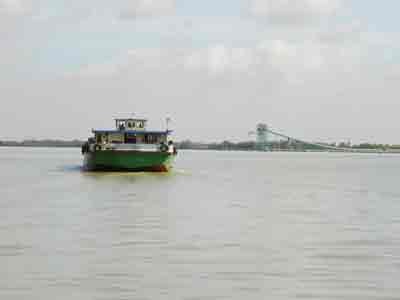
The salinity levels in Nha Be river in Ho Chi Minh City, in Cua Tieu in the Mekong delta province of Tien Giang, in Ham Luong in the Mekong delta province of Ben Tre, in Co Chien flowing through the southern provinces of Tra Vinh, Vinh Long and Ben Tre, in Vam Co Dong and Vam Co Tay in the Mekong delta province of Long An are 15 percent; 11.4 percent; 8 percent; 7.7 percent; 4.6 percent and 3.3 percent respectively.
Nguyen Minh Giam, deputy head of the Southern Regional Hydro-meteorological Center, said rivers with such high levels of salt could not provide useable water. However, river water from the Vam Co Dong and Vam Co Tay rivers could be used for irrigation.
Giam said that the fall in water levels upstream had led to salinity intrusion in the South of Vietnam. In addition, the hydro electric power plants upstream consumed the reserve water supplies which caused more serious salinity.
The water levels in the hydro electric power plants at Thac Mo, Tri An and Dau Tieng were higher than the minimum 3 meters. Consequently, the plants will not be able to discharge water to release salt downstream.
Meteorologists predict the situation to worsen if the north-easterly wind continues to blow.
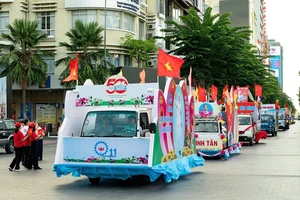
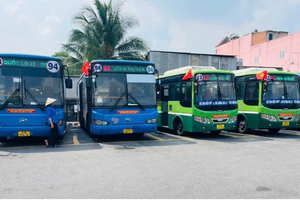


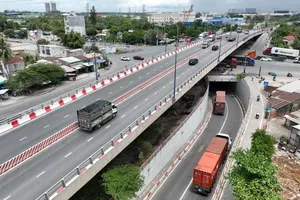
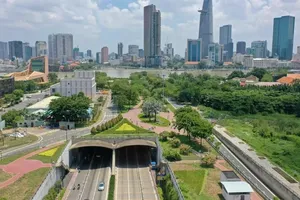
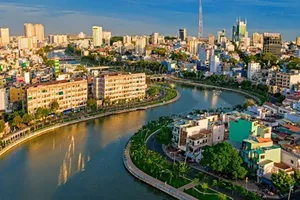

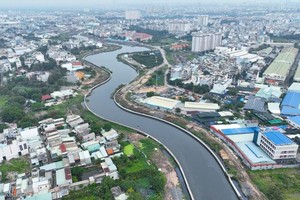
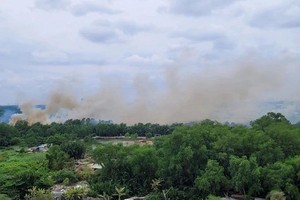
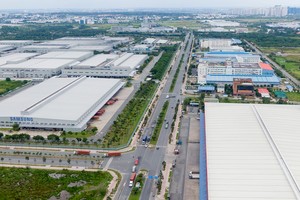






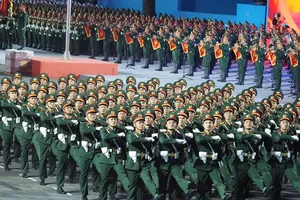
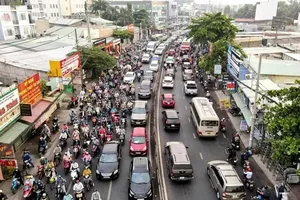
)




